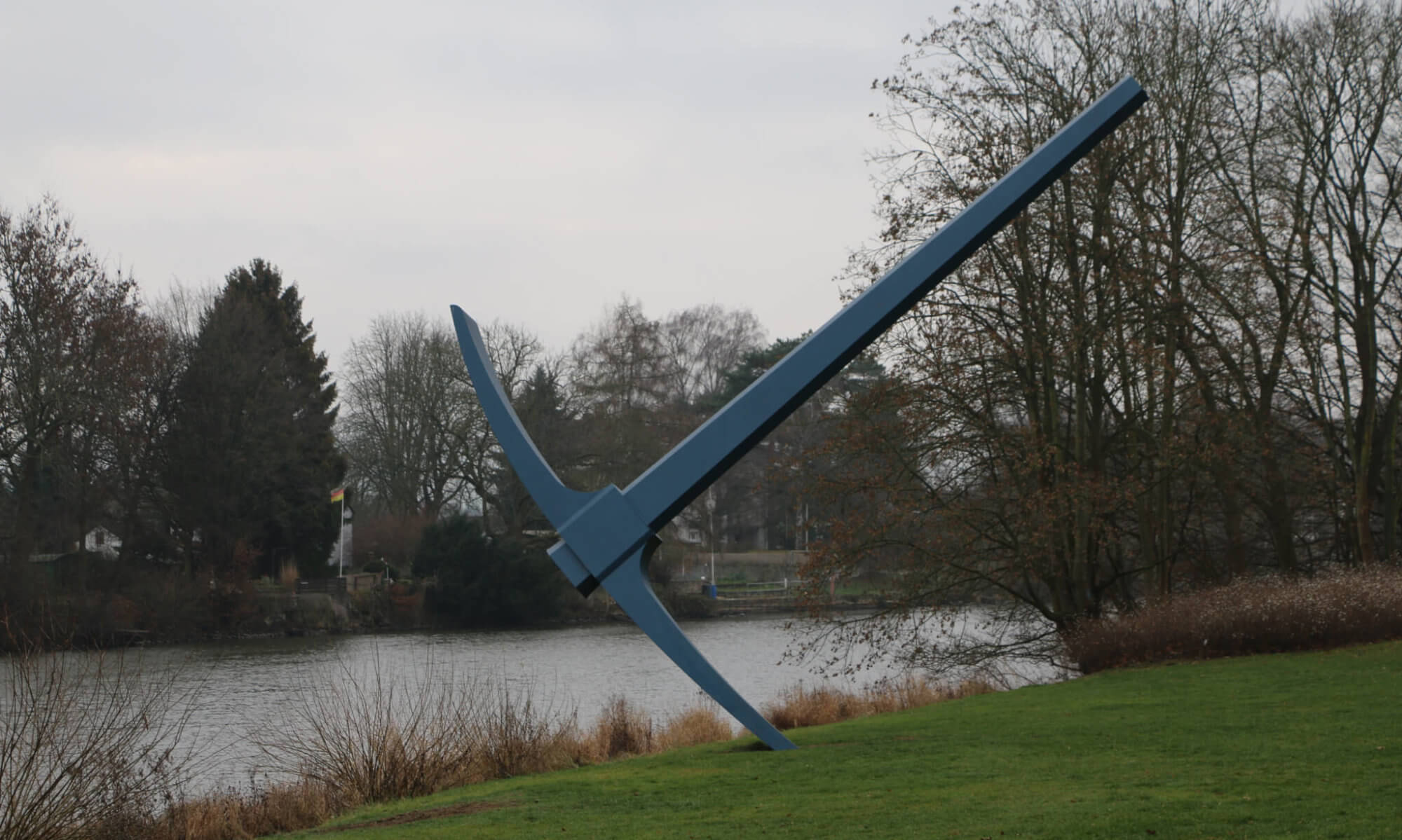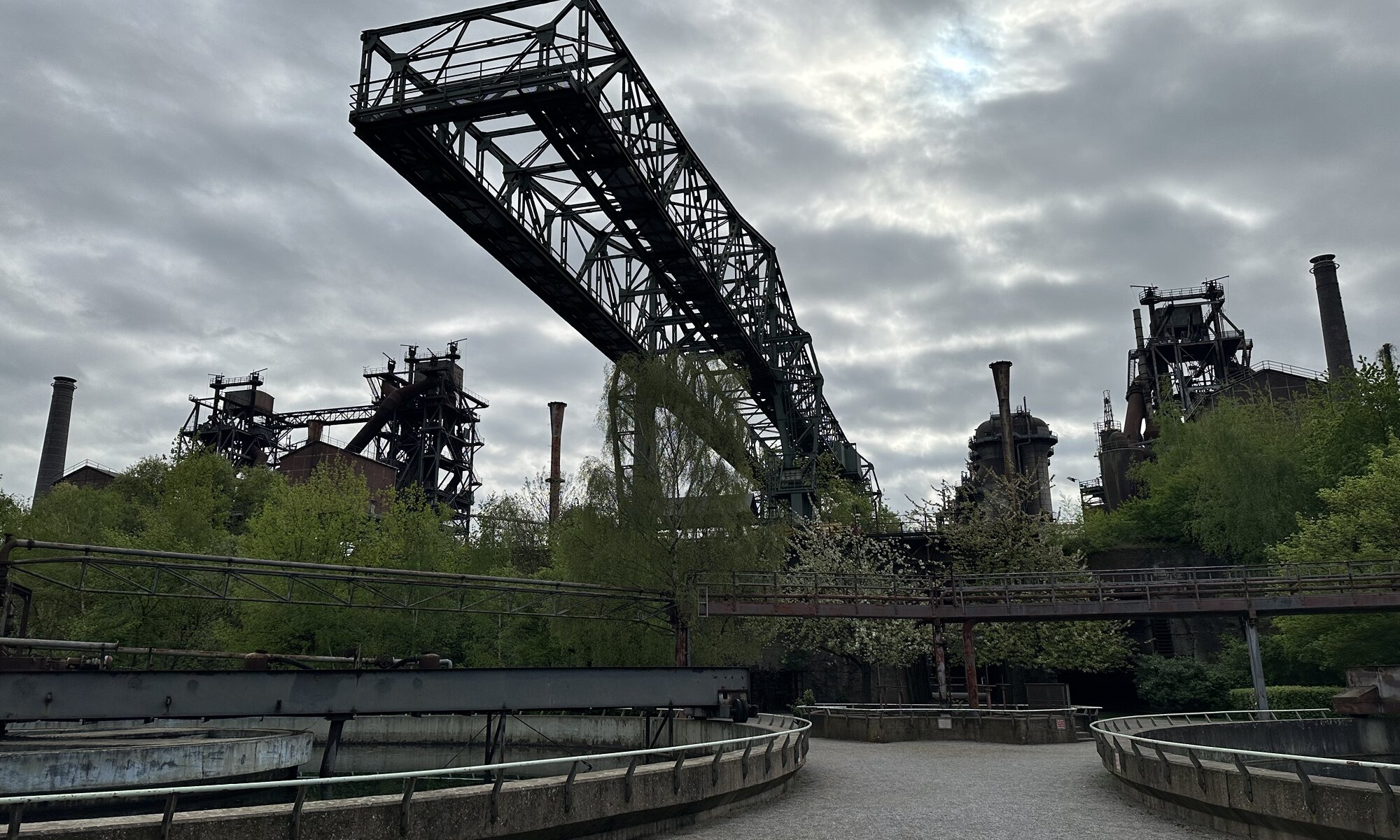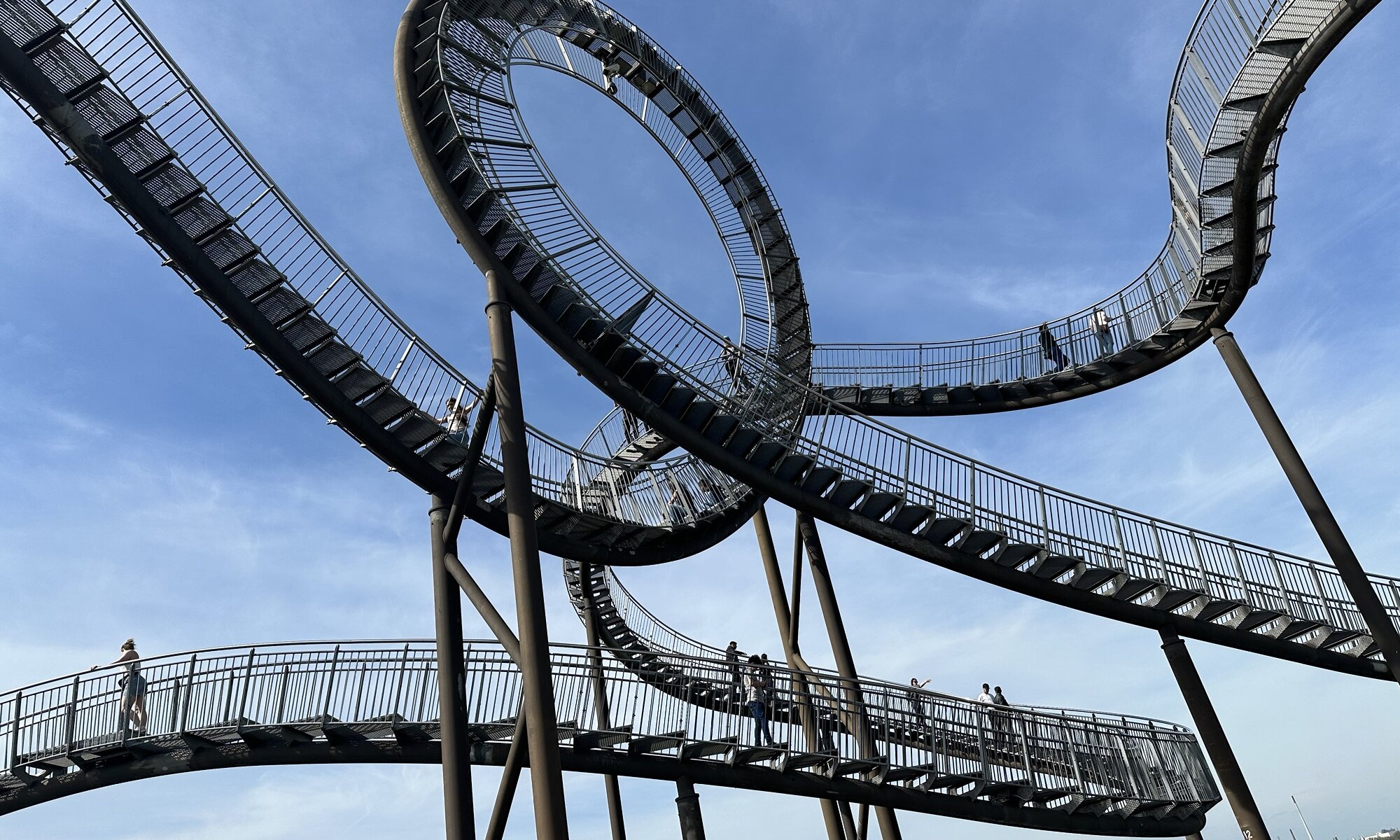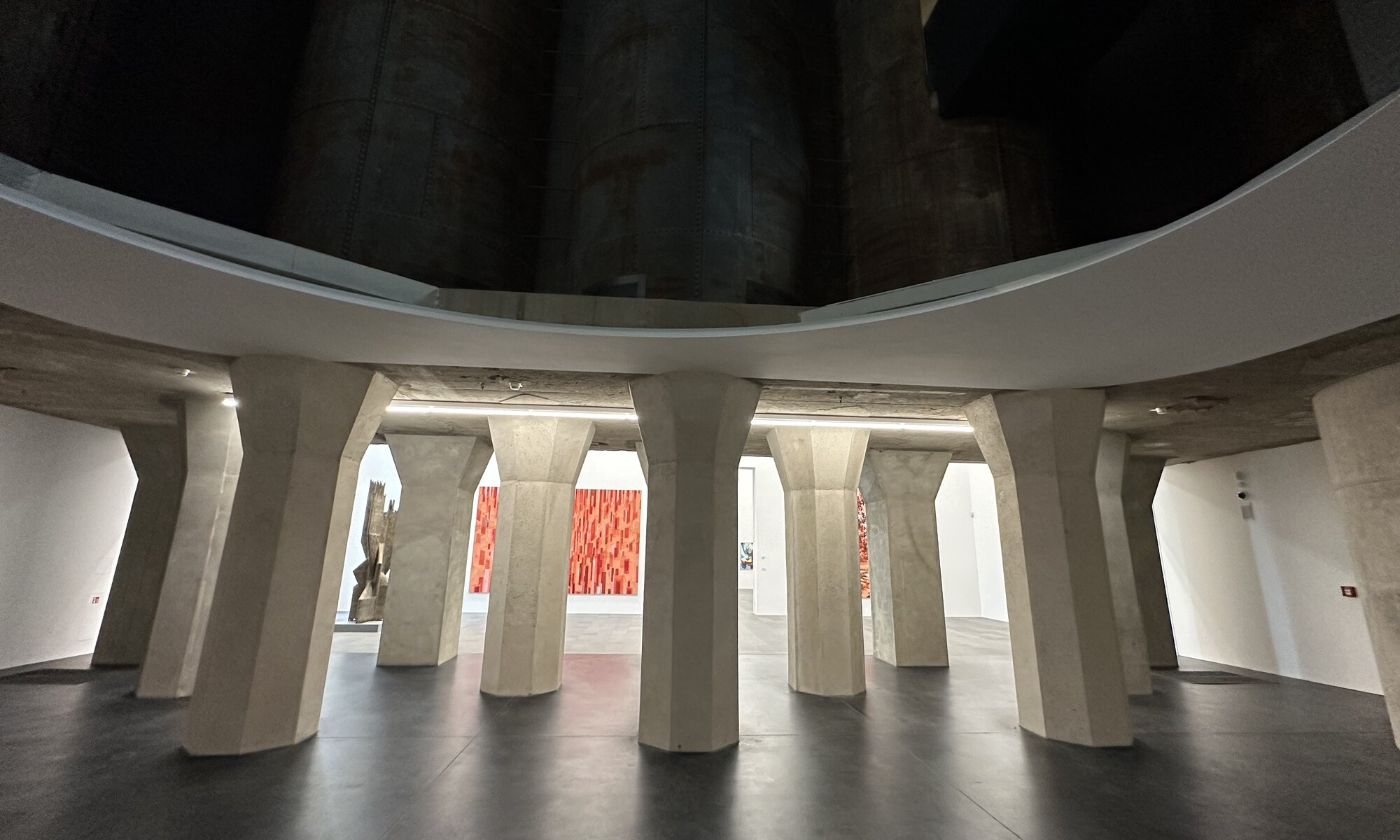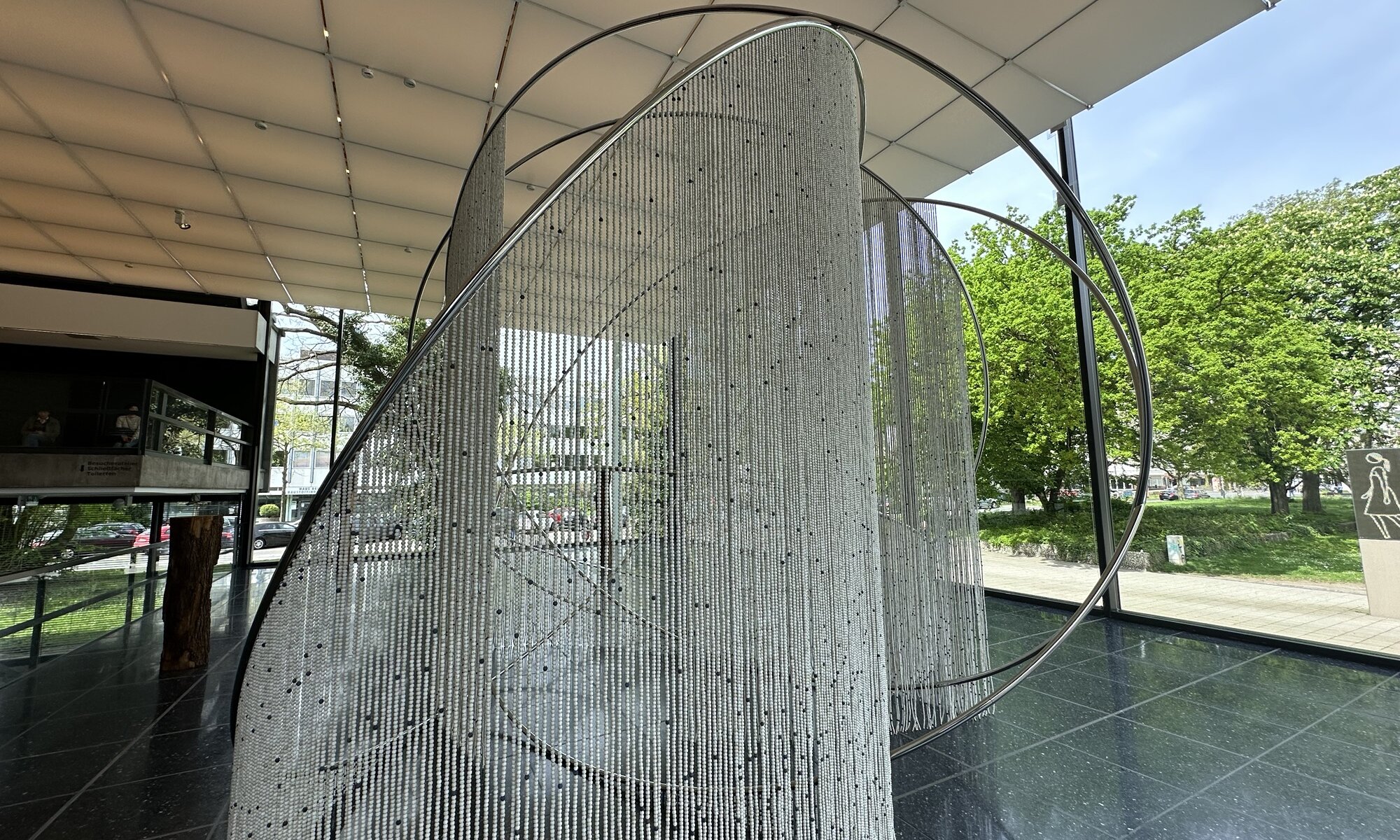The city of Duisburg is part of the Ruhrgebiet, a former industrial zone in Germany that had to cope with the shrinking importance of mining in Germany. A structural change happened over time and the service sector gained a lot of economic importance, but nevertheless a lot of cities of the Ruhrpott are not as prosperous as other parts of Germany. Why should one travel to Duisburg? If you’re interested in industrial heritage it is a nice place to be – from the converted river port to the old steelworks that can be explored here.
Continue reading “District 12”Tiger & turtle
In the south of Duisburg, close to the industrial zone of Angershausen you can find the magic mountain: it is a good example of conversion at the Ruhrgebiet. The 35 meters high hill was once a waste disposal site of a zinc manufacturing company. When the Ruhrgebiet became European Capital of Culture in 2010 it was decided to create an artwork in this location and the design of Heike Mutter and Ulrich Genth won the contest.
Continue reading “Tiger & turtle”Küppersmühle
North of the city center of Duisburg you can discover the Innenhafen, an inland port connected to river Rhein which is today surrounded by modern residential homes and office buildings. Part of the harbor is also the Küppersmühle, a former mill that dates back to the year 1860 and which was active until the year 1972. Since 1999 it houses the MKM Museum Küppersmühle für Moderne Kunst, a beautiful museum of modern art that utilizes the former structures of the mill building very well.
Continue reading “Küppersmühle”Lehmbruck
A massive art museum made of the concrete and glass, located in the Immanuel-Kant-Park close to the main railway station of Duisburg – that could be the shortest description of the Lehmbruck-Museum. It is named after and dedicated to the sculptor Wilhelm Lehmbruck born in 1881 at Meiderich near Duisburg. His works were mostly focused on the human body and that is what you get to see most at the Lehmbruck-Museum: faces and bodies.
Continue reading “Lehmbruck”